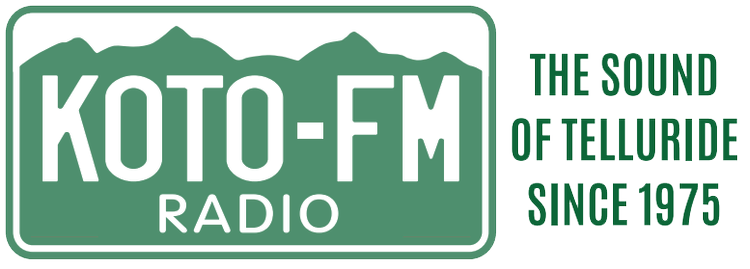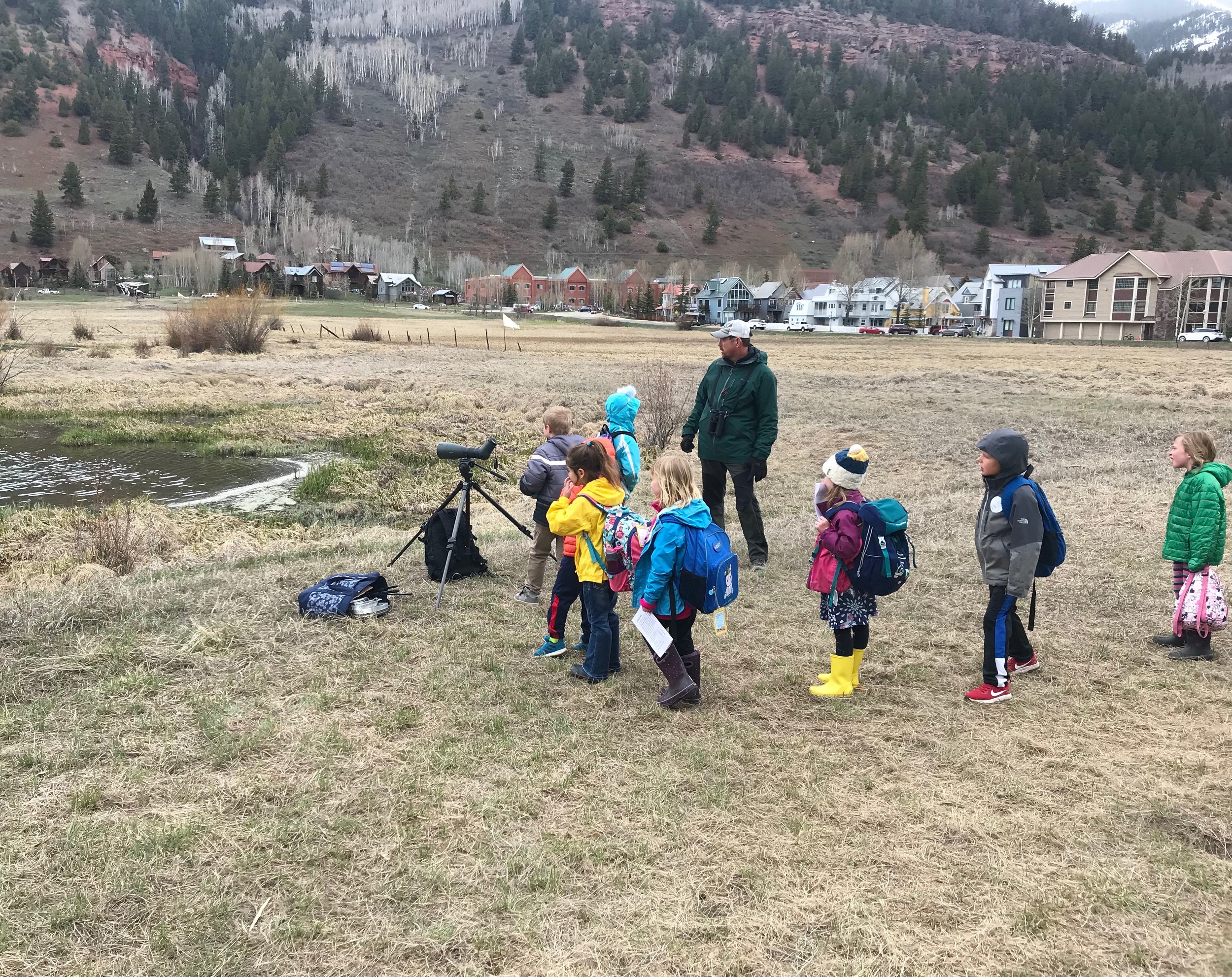By Julia Caulfield
Whatever it is, the way you tell your story online can make all the difference.
At the end of what is likely the strangest school year ever, a field trip to the Valley Floor feels almost as normal as you could imagine.
The entirety of the Telluride Elementary School – that’s kindergarten, 1st, and 2nd grades – tromp through the open space learning about birds, forest habitat, Elk, the river, and the history of the Ute peoples who lived on the Valley Floor. It’s the Valley Floor Education Day.
“We have the four different stations. We have the pond, we have the river, we spruce, and we have willow, and different experts are at each of those stations, ready to just blow the minds of the kids who show up there to learn about what’s going on,” says Sarah Holbrooke, Executive Director of the Pinhead Institute. Pinhead, along with Sheep Mountain Alliance, the Telluride Institute, and the Telluride Historical Museum are collaborating on the day.
A station of note for many children, the pond, where creepy crawlers, and slippery suckers are at their fingertips.
Luke Niehaus is in 2nd grade. His favorite part of the day is looking at the macro invertebrates that live in the pond.
“Looking at the underwater sea creatures, that would be underwater. I thought the leach looked like a worm a bit,” he says.
Vicki Phelps is the expert at the pond station, she’s been a watershed educator for a number of years. She says piking the children’s interest is her goal.
“This is just a tiny little teaser in a way,” she says, “because we don’t spend a lot of time studying it. But it gives them an excitement, and they want to do more. They want to learn more.”
Liliana Glidewell also enjoys the pond station.
“The best part has been checking out all the cool bugs and stuff,” she notes.
Liliana is in 1st grade. Her mom, Shayka Glidewell is also along on the field trip. For her, she says the Valley Floor Education Day helps give the students a better understanding of the place they live.
“I feel like it’s one of the key things in letting them know that they’re aware of their surroundings, and what else is here on the Earth,” Glidewell says, “A lot of times when you’re in school, or you’re doing skiing, you’re just ‘oh, it’s just my friends’. So you get an idea of what you do, how it affects others, and the wildlife around us.”
If you ask Lexi Tuddenham, Director of Sheep Mountain Alliance, finding that connection to the land is the key.
“It is their open space. It belongs to them as a community member,” Tuddenham says, “We think it’s really important for kids to form that long term relationship from an early age, where they both have the awe and the wonder, but also know that this a place where they can come to for solace and solitude, and to get in touch with a larger picture beyond themselves.”
She says the science is – of course – important, but the day is about teaching the children to have stewardship for the land.
She says, “we’re going to need them to keep working for these places that are ever under threat from climate change and many other forces.”
Telluride celebrated Valley Floor Day on May 9th, with a banner on Main Street – recognizing the 12th anniversary of the Valley Floor becoming Open Space – a community treasure, available to explore for generations to come.




